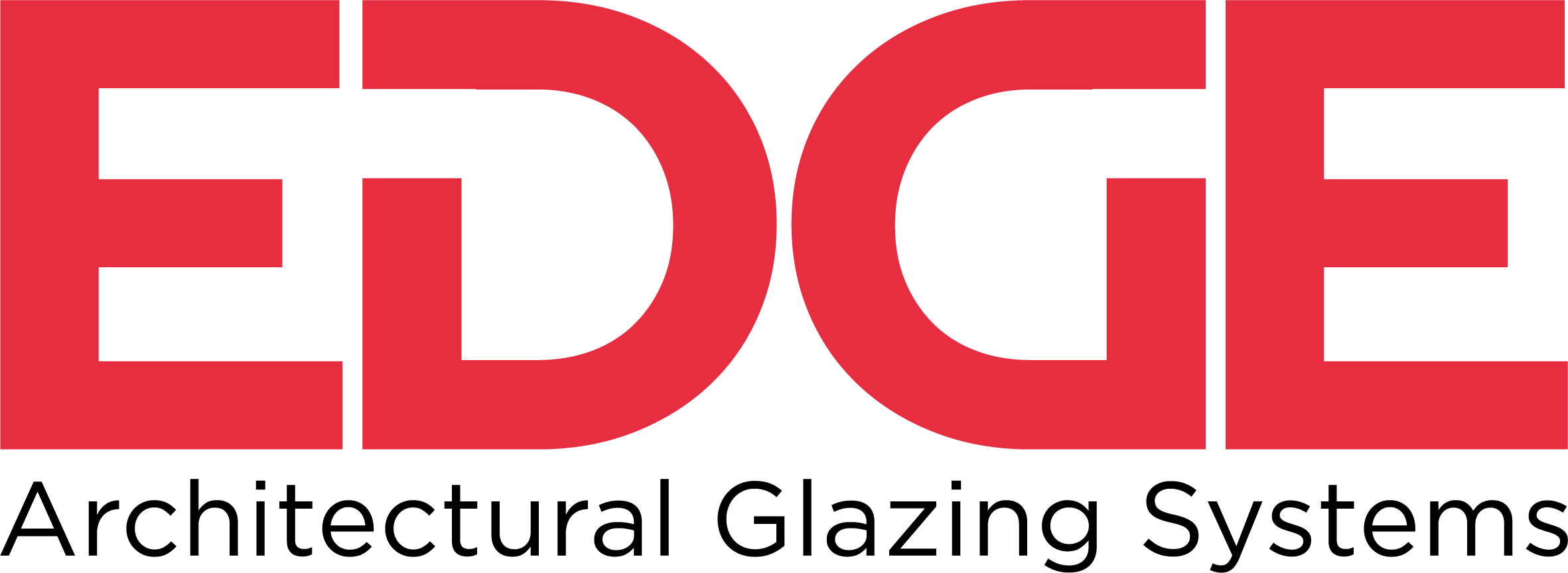17 Aug Prefabrication in Architecture
A change in perception
‘Prefabrication’ has historically been a bit of a dirty word in the architecture and construction industries.
Typically used to satisfy the demand for fast, cheap, en-masse housing, prefabrication as a building concept inevitably became tainted by the ‘low-quality’, ‘basic’ and ‘boring’ characteristics of architecture built from such requirements.
Additionally, a string of failures in buildings using early prefab methods, such as Ronan Point in London, were highly exposed. Given this combination of events, it is no wonder prefabrication has struggled to find mainstream acceptance.
However, prefab’s luck may finally be changing. There is growing interest in Australia in prefab as an alternative construction method. New companies which specialize in pre-made housing modules are popping up, finding ready customers intrigued by the benefits. So what’s it all about and where’s it going? Keep reading to find out.
Prefabrication
The Free Dictionary defines prefabrication, ‘to manufacture in advance, especially in standard sections that can be easily shipped and assembled’. In practice, prefabricated components are generally made in a factory, then shipped complete to site, where they can be integrated with other parts to form a whole. Prefabrications may also be known as ‘sub-assemblies’.
In construction, this method is implemented to varying degrees. It can range from prefabricating components, such as pre-assembled window frames, to whole modular rooms and even entire houses.
Prefabrication in construction is not a new process; it actually dates back thousands of years. One of the first examples was the building of roads. Wooden planks were cut and measured in batches, before being transported to wherever the road would be laid.
Specifically to housing, one of the first examples of full prefabrication was created for Australia in the 1800s. London carpenter Henry Manning designed a house for British emigrants that could be built and shipped in components, then assembled on site. A few of these still stand today, such as the Friends Meeting House in Adelaide.
More recently, prefabricated housing saw an upsurge in usage (if not popularity) during the Second World War. Fast, efficient housing was created both for the mass-accommodation of military personnel, and to replace housing destroyed by enemy bombing runs, particularly in the UK. This is partly where the negative stigma affecting prefab comes from – such buildings necessarily favoured function over form. They were seen as temporary rather than desirable accommodation. However, this is starting to change as the benefits of prefab housing become more apparent.
Why prefab?
Prefabrication is closely tied to the concept of the assembly line. The same processes and machines are used for as many applications as possible in a single controlled environment. When compared with the variabilities of constructing on-site, prefabrication can grant projects significant benefits in speed, safety and quality control.
From the Prefab Australia website, some benefits are the following:
- Speed– The off-site fabrication process can take place in the factory, in parallel to site preparation activities. This can reduce the overall construction period of a project significantly.
- Safety– Health and safety is easier to control in a factory. For example, most of the work can be conducted at waist height, and workers know the machinery and systems of the factory.
- Quality– A predetermined quality can be achieved in a factory controlled process, and the indoor environment means buildings and components are protected from climate extremes and vandalism.
- Certainty– There is greater cost certainty due to minimal weather delays, plus there is an earlier design freeze due to requirements of the manufacturing process.
- Value– Faster time to occupation can generate income for clients earlier and lead to lower site overheads due to less time on site.
- Sustainability– Minimum site disturbance, tightly managed material flow and construction waste, and pre-planned assembly and disassembly can reduce the environmental impact of construction.
- Skills– In communities with a shortage of skilled trade labour, the prefabricated building production line can be organised to employ less skilled labour, working under supervision.
Additionally, as technology increases, the ability to customize prefab homes has likewise increased. Modern prefab buildings can be individually distinctive. In Australia, some prefab houses have even been created as luxury homes.
At EDGE Architectural, our framing products take advantage of the prefabrication processes, coming to site pre-assembled and ready for installation. Our 150mm and 182mm Structural Glazed and Curtain Wall systems are even able to be factory glazed, saving time and cost on-site during the construction process. Take a look at some of our Structural Glazed projects here, or contact us for further information here.
References & Images
Prefabrication on Wikipedia, PrefabAUS, Modscape, Habitech, Sourceable


